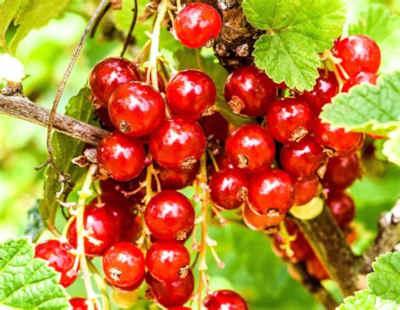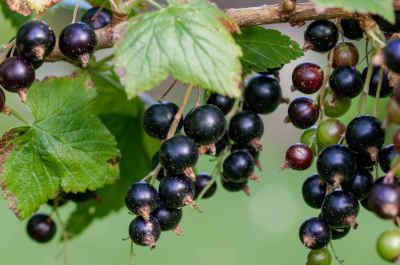Grow Currants - Underrated

They grow in a wide array of environments, produce loads of fruit, tolerate abuse and neglect like a champ and have multiple end uses.
You might need convincing because you likely know nothing about currants. After all if they were so great and grow in your area surely everyone would be growing them right. Well yes they should, but they are likely not, so let's dive into everything you need to know about currants.
Grow black currants, not to virtue signal, but because black currants are just better in taste, and in size than red, pink or white varieties. Black currants have a tarter taste but reds and whites are sweeter. The choice is yours, but I choose black currants.
Currants are not best straight off the plant, they truly shine as a jelly. A much better choice for jelly for SHTF than anything I know. This is because sugar will be in low or no supply and currants handle this better than other fruits.
Currants contain lots of pectin, which is a plus when trying to make a SHTF jelly. OK, so hopefully I have peaked your interest.
Currants are bush with multiple stems that can grow to about seven feet tall depending on the variety you grow. The fruit is produced older branches except black currants produce fruit on young branches. The fruits start off green before turning to their proper color when ripening.
Whichever 'color' currant you choose it is best to plant in the fall or in the early spring.

Currants tolerate a wide range of soil types. Currants like organic matter so keep a layer of mulch around the base for optimal growth. Dry sandy soil is the worst soil for currants, but if you give it lots of organic matter it will do okay there also.
If you are going to prune currants, then Red, pink and white then try for multiple stems. Prune stems after 3-4 years by cutting out all the stems except leave the best dozen are so.
Black currant fruit on new growth so prune about a third of the bush each year after the third year. Remove the older branches vs the younger ones.
For all varieties it is best to prune in the winter.

